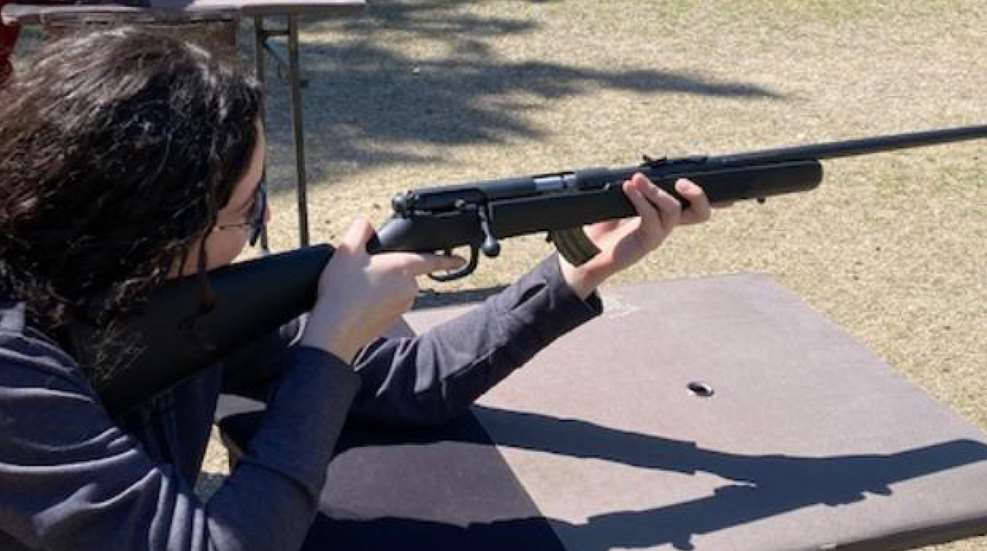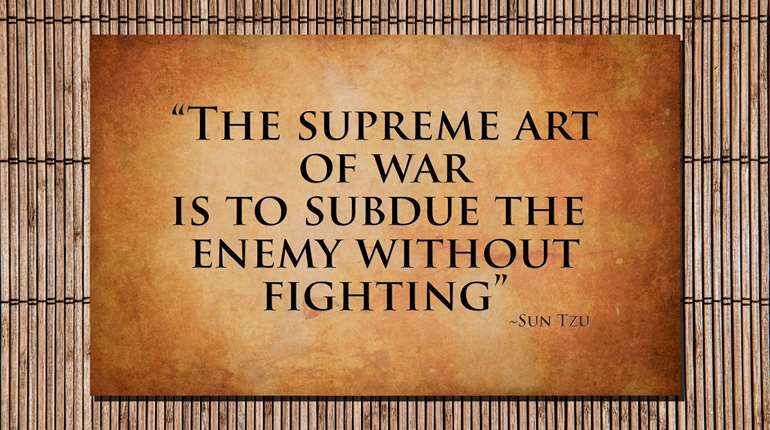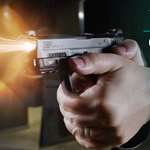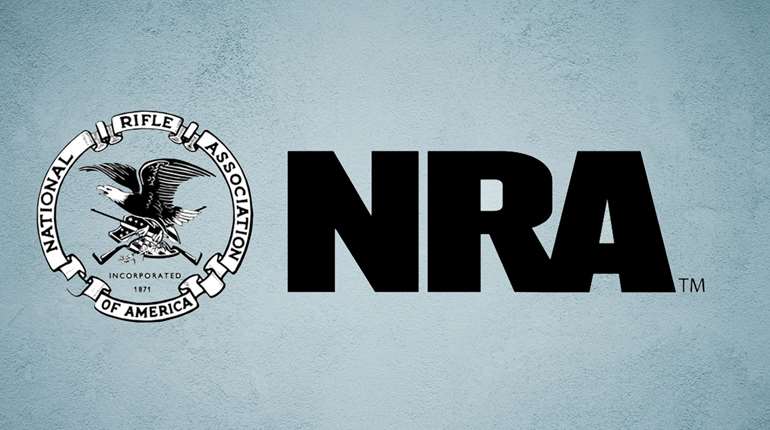
Clichés are common in the English language, and a staple in our everyday vernacular. We often use them without even knowing we are doing so. Even though some clichés are often overused and lack original thought, it does not mean they are incorrect; they are just often misunderstood.
Most clichés have very old origins. Have you ever been read the “riot act?” This derives from a 1716 decree from George I of England ordering that misbehaving individuals are publicly and loudly admonished. Have you ever been “raked over the coals?” That common cliché originated in the 1500s that refers to a heretic who spoke ill of the church and subsequently was pulled back-and-forth over a bed of coals until they converted.
Some clichés have modern beginnings and are based on sound rules to follow. Some of these are used in firearm training. But firearm instructors should not casually throw clichés out without understanding their underlying intent. It is important to remember when using these phrases that we explain what we are saying in a practical and sensible way that our students understand. Our goal is to either reinforce behavior or change a behavior that coincides with safety, performance and understanding.
As a firearms instructor, we all use several common phrases in our classes. These include:
- Keep your muzzle pointed in a safe direction
- Keep your firearm unloaded until ready to use
- Your firearm should "surprise" you when it discharges
- Refuse to be a victim.
All of these statements are correct, but as a firearm instructor, you need to be able to explain what these mean as well as the applications of each to ensure that when your students leave, they have learned the correct behavior. Always look at the original intent of the phrase.
Keep Your Muzzle Pointed in a Safe Direction
This is the No. 1 rule of firearm safety. In my classes, the rule “keep your muzzle pointed in a safe direction” is strictly adhered to. I am constantly reenforcing this concept. But what does it really mean?
Handgun rounds can travel one to two miles under ideal conditions, and rifle rounds can travel anywhere from two to six miles, depending on the caliber. The question I pose to my class is, “Where in the United States are you guaranteed not to be within range to inflict serious bodily injury or death to another?” Even if you are in Montana, Wyoming or one of the largest national forests, others have access to these wilderness areas as well. Keeping that in mind, is there really such thing as a safe direction?
Along with keeping your muzzle in a safe direction, I add the concept that there is no safe direction for a firearm. I want my students to understand that they are responsible for keeping their firearm pointed in the safest direction. It is the firearm owner’s responsibility to constantly be assessing that their muzzle is pointed in the safest direction. Conditions change and circumstances change. Just because your muzzle is pointed in a safe direction one minute, does not mean it is a safe direction the next minute.

Keep Your Firearm Unloaded Until Ready to Use
This is another important rule of firearm safety. Keeping your firearm unloaded until ready to use includes when the firearm is being stored, transported or at any other time you are not ready to use your gun or actively engaged in shooting. There is absolutely no exception to this rule!
In every class this quested is asked: “What about my carry gun or the one I keep at home for self-defense?” I am always ready for this question and have my response prepared. I answer their question with another question that gets my students to think. “Is your firearm that you keep for self-defense ready to use?” This question starts a discussion that is very helpful in getting my students to understand the difference between a firearm that is ready to use and one that is not.
The difference between a firearm that is not ready to use and one that is not is not always clear. One reason that we do not store loaded firearms is that we do not want unauthorized persons to gain access. This means that if you have one firearm at home and one that you carry, a loaded gun must be always under your control. If one of these firearms is out of your possession, it is not at that moment, being used for personal protection.
Your Firearm Should “Surprise” You When It Discharges
If you have ever taken any firearms course, chances are you have heard, “You need to squeeze the trigger slowly and it should ‘surprise’ you when the gun discharges.” This is what we teach to new shooters, but what does it mean to these new shooters?
This concept for a new shooter is correct. A new shooter is not familiar with their firearm and have not yet become proficient. This describes the proper way a trigger should be squeezed for proper trigger control. We want the new shooter to focus on trigger control, not on the discharge of the firearm.
An experienced shooter should not be surprised by his or her firearm. In fact, I can tell how experienced a shooter is by his or her trigger control. Dry firing is the most overlooked part of training by most shooters. If you are an “experienced” shooter and you are “surprised” when your gun discharges, you have not dry fired your firearm enough! All shooters should know their firearm well enough that they know how much pressure it takes to squeeze the trigger until it “breaks,” causing the firing pin to strike the cartridge’s primer.

For the most part, firearms and surprises are not a good combination. When instructing students, make sure you make the distinction between new shooters and experienced shooters. New shooters, as long as they are following the safety rules, can be “surprised” as far as trigger squeeze is concerned. A shooter is not experienced until they know their firearm well enough that any surprises are malfunctions or accidents.
Refuse To Become a Victim
The concept of “refuse to be a victim” conveys the notion of defense. The idea is that a student learns the skills to survive an attack. These skills include de-escalation, mindset and tactical tools for survival. Just the phrase “refuse to be a victim” empowers others to prepare for their own safety. Mental preparedness is the most important part of survival.

As instructors, it is our duty to thoroughly define “refuse to be a victim.” If you are attacked, and you must use any skill from verbal to deadly force, you are already a victim, regardless of the outcome. Whenever I conduct a self-defense class, whether it is using a firearm, pepper spray, or de-escalation techniques, I make sure that my students understand that their lives will change after whatever happens and regardless of the outcome.
Stress to your students that if they ever need to defend themselves, they need to ensure that their mental health is protected. There are victim advocacy organizations that are there to assist a victim to get the proper help. It is important that victims of violence do not suffer mental health issues such as being afraid to leave the house, nightmares, or other things that rob them of their quality of life.














































